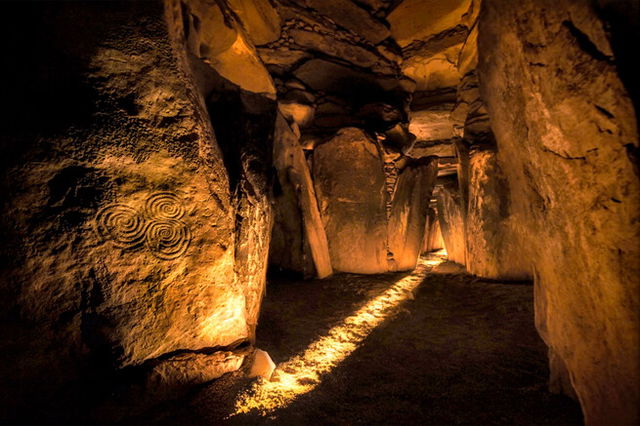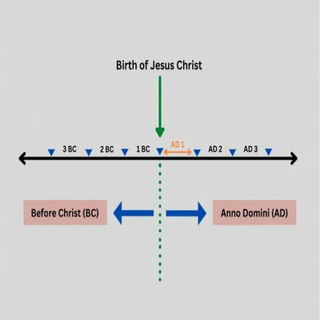- Calendar
- Calendar 2025
- December
- Winter Solstice
Winter Solstice
The winter solstice, or December solstice, occurs around December 21 or 22 in the Northern Hemisphere. It will happen on Saturday 21 at 11.19 p.m. EDT in America (Sunday 22, 04.19 a.m. UTC).
It is a significant observance for some people around the world, but it is not a holiday and so businesses follow normal working hours.
In the USA and other parts of the northern hemisphere the winter solstice is traditionally the first day of winter. However, some countries follow the meteorological calendar where December 1st in the first day of winter.
What Is It
The Winter Solstice marks the shortest day of the year when the North Pole is tilted farthest away from the sun, and so the sun is at its lowest elevation in the sky. The day has the shortest period of daylight and the longest night of the year. After the shortest day, the days start getting longer and the nights shorter.
On the same day that we experience the Winter Solstice in the northern hemisphere, people are experiencing the Summer Solstice in the southern hemisphere.

Naming the winter solstice
The word solstice originates from the Latin for sun, “sol”, and ”sistere”, which translates as ‘to stand still’, since the movement of the sun's path north appears to stop before changing direction. The winter solstice is known by a few other names, such as:
- Hiemal solstice
- Hibernal solstice
- December Solstice
- Midwinter.
Historical Traditions
The day had a religious significance for many ancient people. They observed the winter solstice in a variety of ways:
The UK

The ancient Neolithic structure of Stonehenge in England is thought to have been used as a temple for sun worship, as a royal burial ground, and as an astronomical observatory. For the ancient people of Stonehenge, an agricultural community, the light of the sun was essential for crops. Stonehenge was aligned to frame the winter solstice, to welcome the rebirth of the sun.
The Celts
The ancient Celtic calendar revolved around the solstices and equinoxes. The Druids, Celtic priests, would give sprigs of mistletoe as a blessing and a symbol of life in the winter. They would burn a yule log to banish darkness, repel evil spirits and bring good luck for the new year.
The Romans

In ancient Rome, the festival of Saturnalia, in honor of Saturn, the father of the gods and god of agriculture and time, began on December 17 and lasted 7 days. People would decorate their homes with candles and greenery such as pines and evergreens - symbols of life. Food and treats were hung on trees as gifts for spirits. People also gave gifts to each other. People flung caution aside: men dressed as women, masters as servants, etc. Many of these ancient rites can be seen in Christmas celebrations today. Under the ancient Julian calendar, the winter solstice occurred on December 25 and this was also the sun’s birthday, dies Natalis Solis invicti, "day of the birth of the unconquered sun”.
Modern-Day Observances
Here are just a few of the ancient traditions still followed around the world:
Stonehenge
Dozens of modern-day pagans, druids, and others visit Stonehenge during the solstice to pay homage to the return or rebirth of the sun. They play music and dance or perform other activities in order to welcome the sun back.
Newgrange

Newgrange is a burial mound in Ireland’s Boyne Valley which is thought to be over 5,000 years old, and it contains a passage that is aligned to the sun. Every year, thousands apply to see the first rays of the sun filling the chamber. Only around 60 people get to do it.
Pagans also celebrate yule with several days of feasting and gift-giving, culminating in Winter Solstice Day, the central celebration. They use sacred colors, red, green, and white, and evergreens to decorate their homes. They honor such ancient gods and goddesses as Cronos (Father Time), by lighting candles, burning circle fires outside and yule logs indoors.
In Asia
In different parts of Asia, people celebrate the solstice, known by such names as Dongzhi or Dongji, by giving gifts and eating special dishes. E.g. The Koreans eat a red bean porridge to repel evil spirits; the Chinese eat balls of rice in a broth.
In Japan, people soak in fruit-filled baths to welcome the sun and protect themselves from catching a cold during the winter.
In Austria, crowds of revelers go to town squares to see and be teased by Krampus, the half-demon, half-goat equivalent to Santa Claus.
In Iran, friends, and family get together for the solstice, Yalda night, and eat dinner, read significant poetry and eat symbolic fruit, such as pomegranates, which represent the dawn of life.

Other Celebrations
-
Jan 01 WedNew Year's Day Holiday
-
Feb 02 Sun
-
Jun 20 Fri
-
Sep 22 Mon
-
Dec 16 Tue
-
Dec 21 Sun

Winter Solstice - Next years
Monday, 21 December 2026
Tuesday, 21 December 2027
Thursday, 21 December 2028











